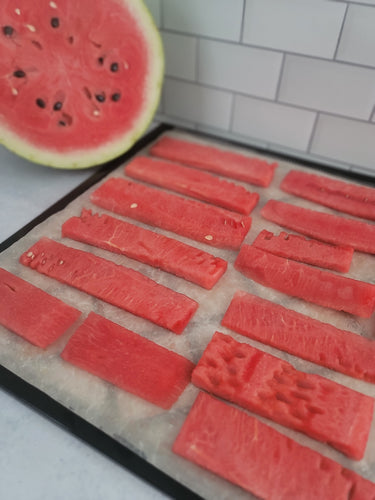
The Basics of Dehydrating
The Basics of Dehydrating
Dehydrating food is a simple and effective way to preserve fruits, vegetables, and meats. By removing the moisture from food, you can prolong its shelf life and retain most of its nutrients. Whether you're a camping enthusiast, a health-conscious individual, or someone looking to reduce food waste, dehydrating is a skill worth mastering.

Why Dehydrate Food?
Dehydrating food offers several benefits:
- Preservation: Dehydration removes moisture, preventing the growth of bacteria, yeasts, and molds that cause spoilage.
- Longer Shelf Life: Dehydrated foods can last months or even years when stored properly.
- Nutrient Retention: Unlike other preservation methods, dehydration retains most of the food's nutrients.
- Portability: Dehydrated foods are lightweight and compact, making them perfect for camping, hiking, or traveling.

The Dehydration Process
The process of dehydrating food involves removing moisture while maintaining the food's flavor and nutritional value. Here are the basic steps:
- Prepare the food: Wash and slice fruits, vegetables, or meat into uniform pieces.
- Pre-treat (optional): Some foods benefit from pre-treatment to preserve color and remove bacteria. Options include blanching, steaming, or dipping in lemon juice.
- Arrange on trays: Place the food in a single layer on dehydrator trays, ensuring proper airflow.
- Set the temperature: Follow the dehydrator's instructions to set the temperature and time needed for the specific food you're dehydrating.
- Monitor and rotate: Check the food regularly and rotate trays if needed for even drying.
- Cool and store: Once the food is dehydrated, let it cool completely before storing it in airtight containers or vacuum-sealed bags.

Tips for Successful Dehydrating
To maximize your dehydrating results, keep these tips in mind:
- Choose ripe, fresh produce for the best flavor and nutritional value.
- Ensure uniform slicing for even drying.
- Avoid overcrowding trays to allow proper airflow.
- Keep similar foods together to prevent flavor transfer.
- Label and date your dehydrated foods for easy identification.
- Store in a cool, dark place to maintain quality.
Dehydrating Beyond Fruits and Vegetables
While fruits and vegetables are popular choices for dehydration, you can also dehydrate other foods such as herbs, spices, jerky, and even cooked meals. Experiment with different combinations and flavors to expand your dehydrating repertoire.
